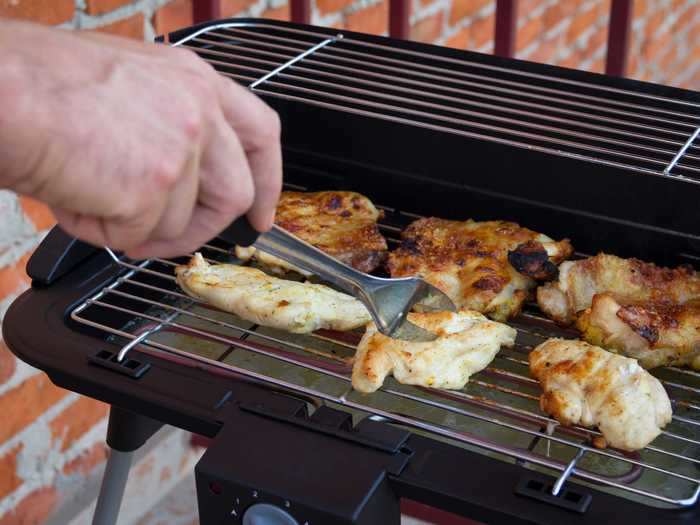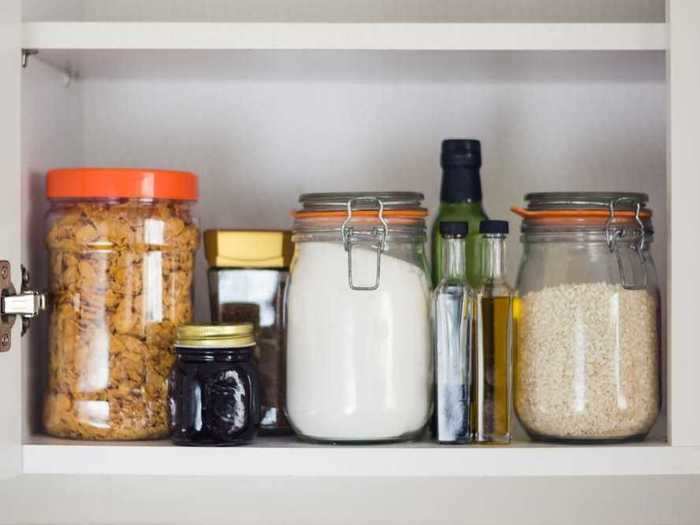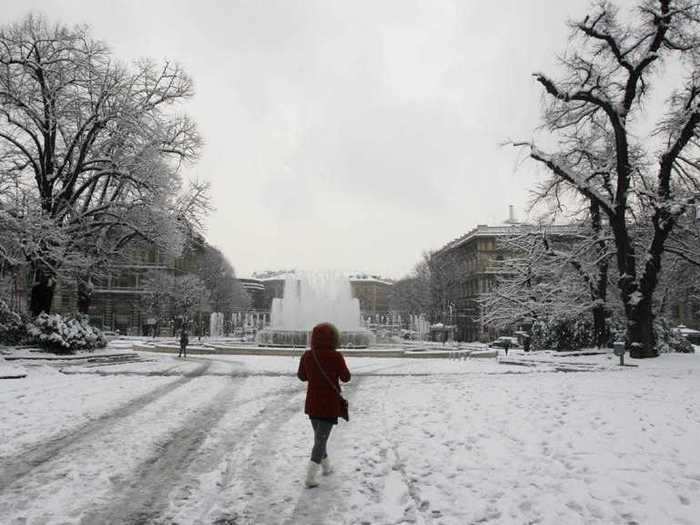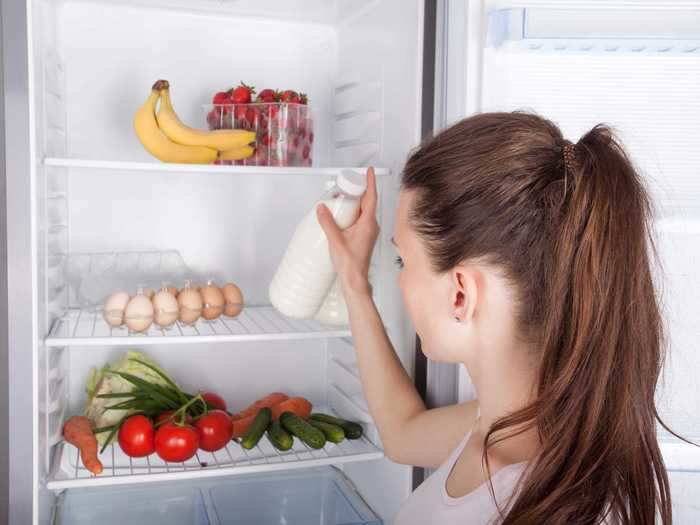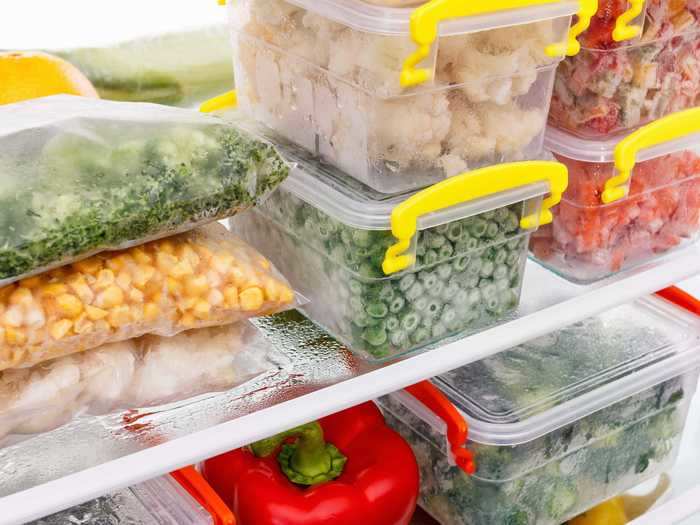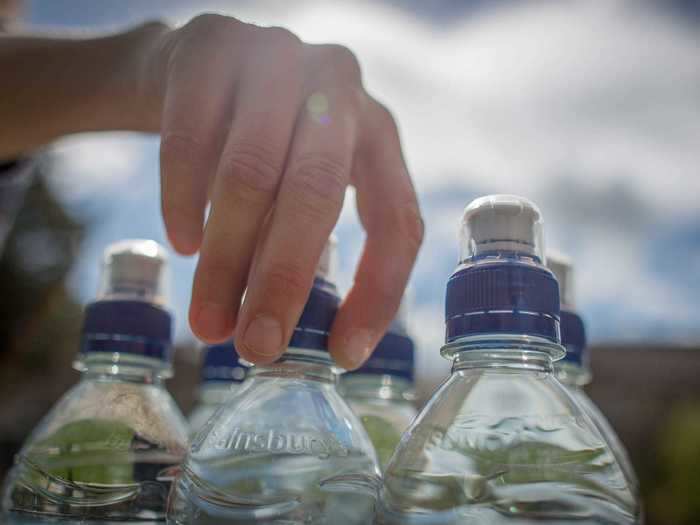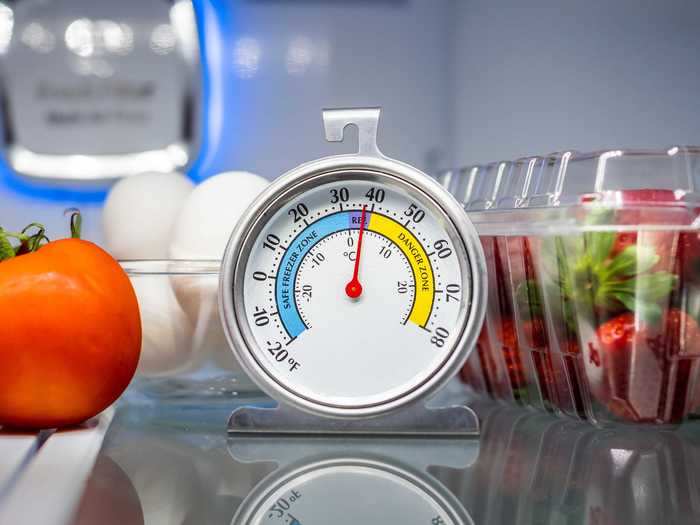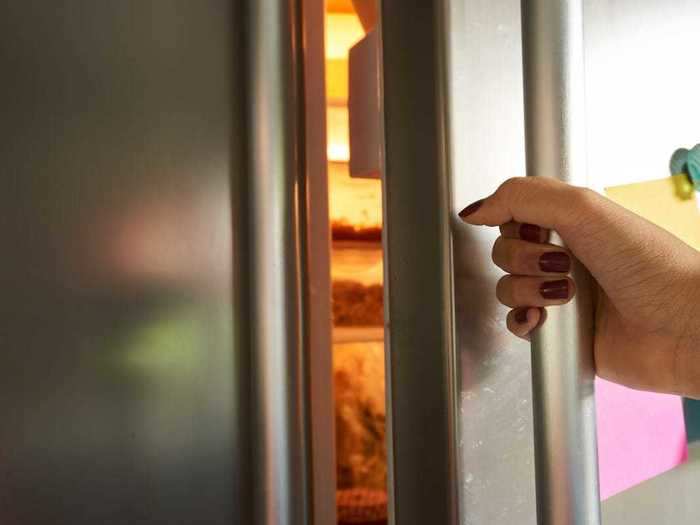Be careful when eating perishable foods during a power outage.Shutterstock
- Power outages can sometimes last for a while, so it's important to know a few tips for keeping your food safe to eat in the fridge and freezer.
- Keeping a thermometer in your fridge and freezer will help to track when your food will start to spoil.
- Tightly stocking your freezer with ice and frozen water bottles will keep your food cold longer and ensure you have safe drinking water.
- Having a cooler on hand, as well as a stocked pantry of nonperishables, will also help you get through a power outage.
- Visit Insider's homepage for more stories.
A power outage can be concerning, especially when it impacts your food supply.
Oftentimes, one of the biggest concerns during an extended power outage is the safety of the food inside your refrigerator and freezer.
Here are some simple tips for keeping your food safe and fresh during a power outage.
Read the original article on
Insider
Make sure to have charcoal or propane on hand if you have an outdoor grill.
Don't forget to stock up on charcoal or propane if you have an outdoor grill. If your meat is starting to thaw in your fridge or freezer, having a working grill can save you from having to throw it all out.
Food that is beginning to thaw, but is still at a safe temperature, should be cooked first. Before cooking, check each item separately. Any food that feels warm to the touch or has an unusual odor, color, or texture should be thrown out.
Use a food thermometer to make sure each item is cooked to a safe internal temperature to kill any foodborne bacteria. Foodsafety.gov recommends that beef, veal, lamb, pork, and ham be cooked to 145 degrees Fahrenheit. Poultry and ground meat mixtures should be cooked to 165 degrees Fahrenheit.
Read more:
Stock up on shelf-stable foods that will stay good for a long time.
Don't try to keep your food cold by storing it outdoors.
If your power goes out during a winter storm, you may be tempted to keep some of your food outside in the ice or snow, but it isn't a good idea.
According to the USDA, the temperatures outside can fluctuate hour to hour depending on how much sunlight there is, which will cause the food to spoil. It can also attract wild animals looking for a meal.
Keep a cooler or two handy in case of a prolonged power outage.
If it looks as though your power will be out for more than two to four hours, the American National Red Cross recommends packing refrigerated food into a cooler. You'll want the temperature to stay at or below 40 degrees Fahrenheit, so make sure the cooler is packed with ice.
If the power is going to be out for more than a day, prepare a second cooler for your freezer items.
Any food that has been exposed to temperatures above 40 degrees Fahrenheit for more than two hours, or above 90 degrees Fahrenheit for more than one hour, should be thrown away.
Transfer items from your refrigerator to your freezer.
Group your frozen food together in your freezer.
Keep extra ice in your freezer and freeze bottles of water.
Buy extra bags of ice to keep in your freezer to help maintain its temperature, and to use later if you have to transfer your food into a cooler.
If your freezer has an ice maker, empty the ice cubes into gallon-sized storage bags each time the tray is full.
You can also consider buying dry ice in the event of a power outage. Fifty pounds of dry ice will keep a closed freezer or a cooler cold for between 18 and 24 hours. Just be sure to handle it safely and avoid touching it with your bare hands.
The USDA also recommends keeping bottles of water in your freezer. Not only will this help keep frozen food cold longer, but also you will also have a supply of fresh drinking water in case your water supply becomes contaminated.
If water bottles are in short supply, which often happens when a storm is approaching, freeze fresh water in clean, quart-sized storage bags or food-safe plastic containers.
Buy appliance thermometers to keep inside your refrigerator and freezer.
According to the USDA, you should always keep your refrigerator at or below 40 degrees Fahrenheit and your freezer at or below 0 degrees Fahrenheit.
Keeping appliance thermometers inside both your refrigerator and freezer is a great way to be proactive in the event of a power outage. It will be able to tell you when the fridge or freezer has warmed to an unsafe point without any power.
Keep the refrigerator door closed for as long as possible.
One of the most important things you can do during a power outage is to keep your refrigerator and freezer doors closed as much as possible.
According to the United States Department of Agriculture (USDA), in a power outage, a closed refrigerator will stay cold for up to four hours and a closed freezer will keep its temperature for 24 hours if it is half-full and 48 hours if it's full.
During the first few hours after a power outage, you should eat shelf-stable foods and keep drinks in a cooler so that you don't have to keep opening the refrigerator doors.

